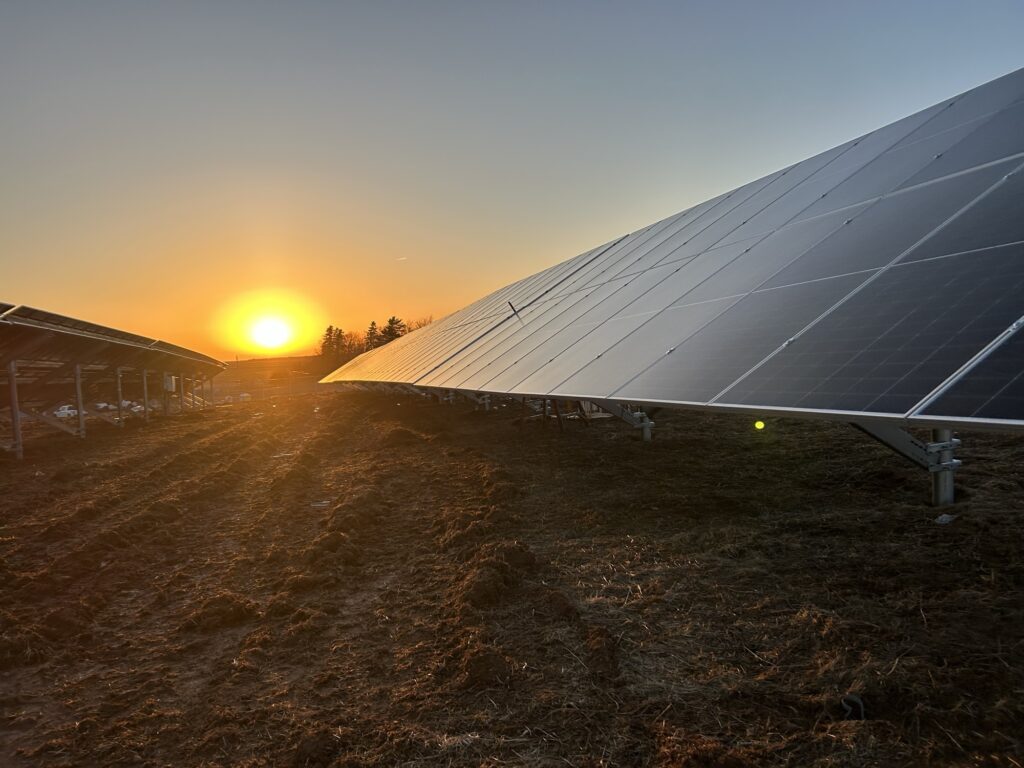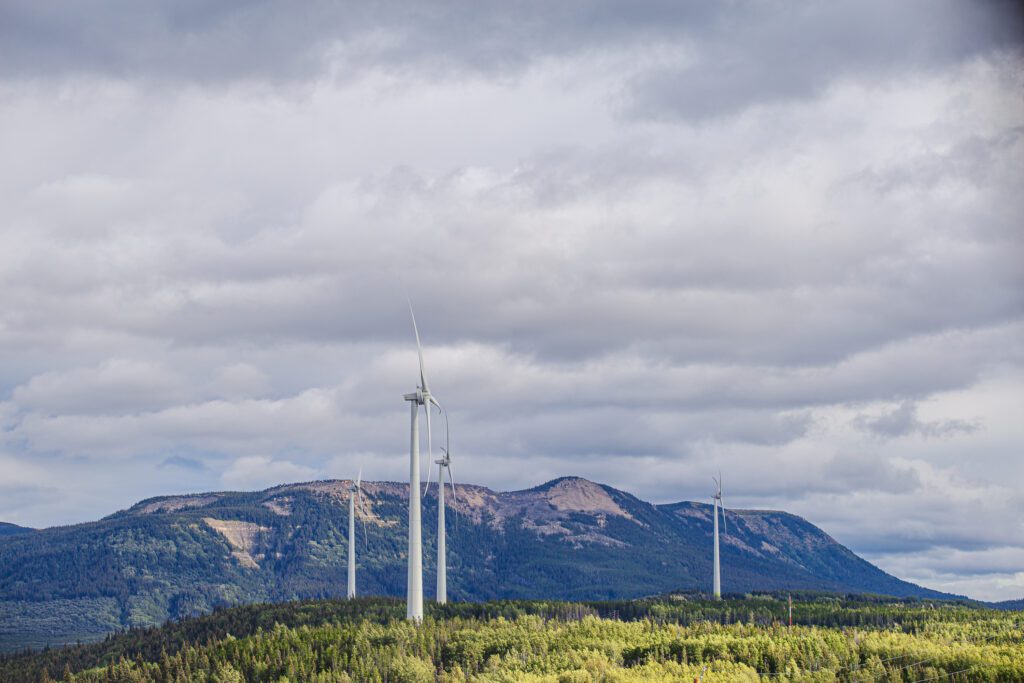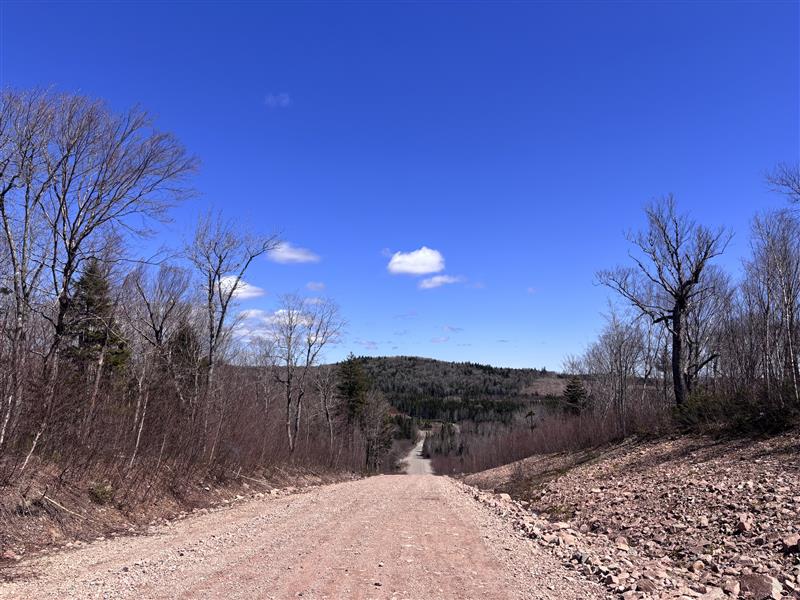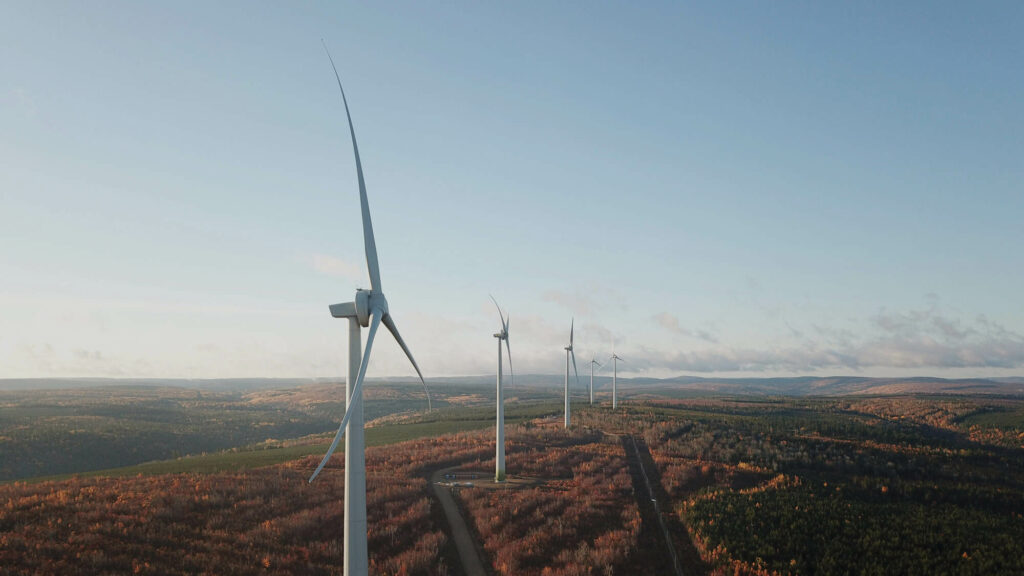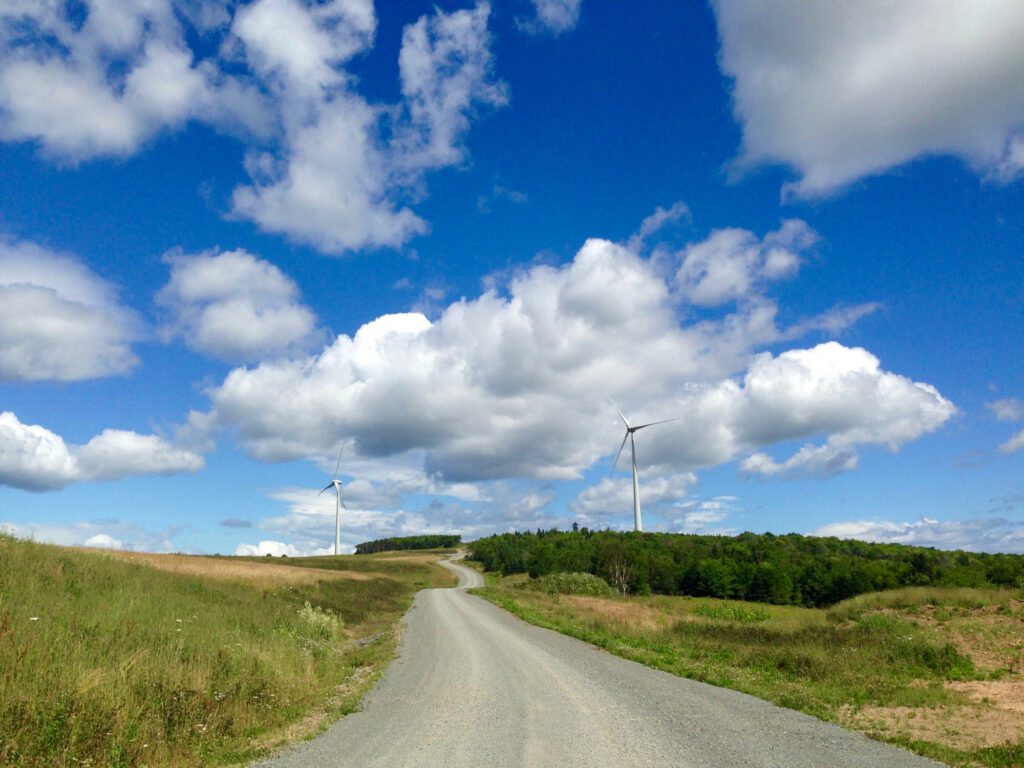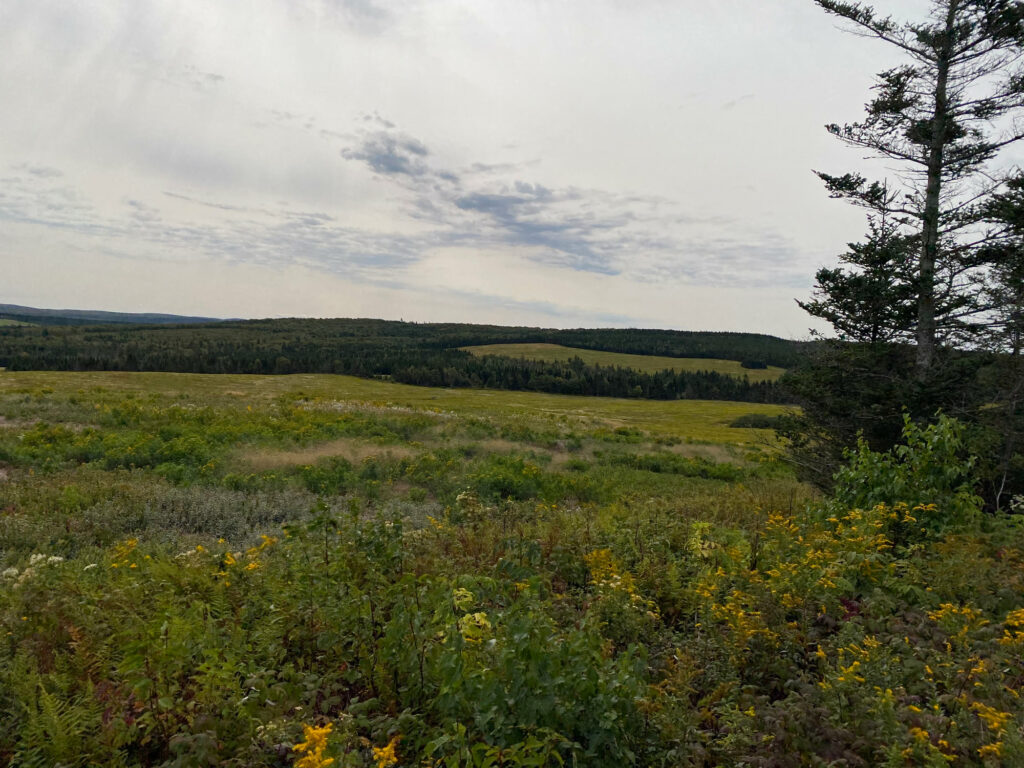Welcome to the official webpage of the proposed Wasoqopa’q Community Solar Project!
This webpage has been designed to share project information on the proposed Wasoqopa’q Community Solar Project with the community and stakeholders.
Mailing List
To join the mailing list for the Wasoqopa’q Community Solar Project, please click on the link below and fill out your contact information.
About The Proposed Project
The proposed Wasoqopa’q Community Solar Project is located on the ancestral and unceded territory of the Mi’kmaq people where both project partners acknowledge that working on these lands is a privilege that comes with a great deal of responsibility. A partnership between Wasoqopa’q First Nation and Natural Forces is developing the project. The project will have an initial installed capacity of approximately 10 MW-AC, representing over 20,000 solar panels, located at 328 Gardners Mill Road, Gardners Mills.
The first phase of the project will have an installed capacity of approximately 10 megawatts (MW), with the potential to construct an additional 10 MW in the future.
This site was chosen because it has limited potential for other uses, is located adjacent to an existing transmission line and substation, and will create minimal environmental impacts.
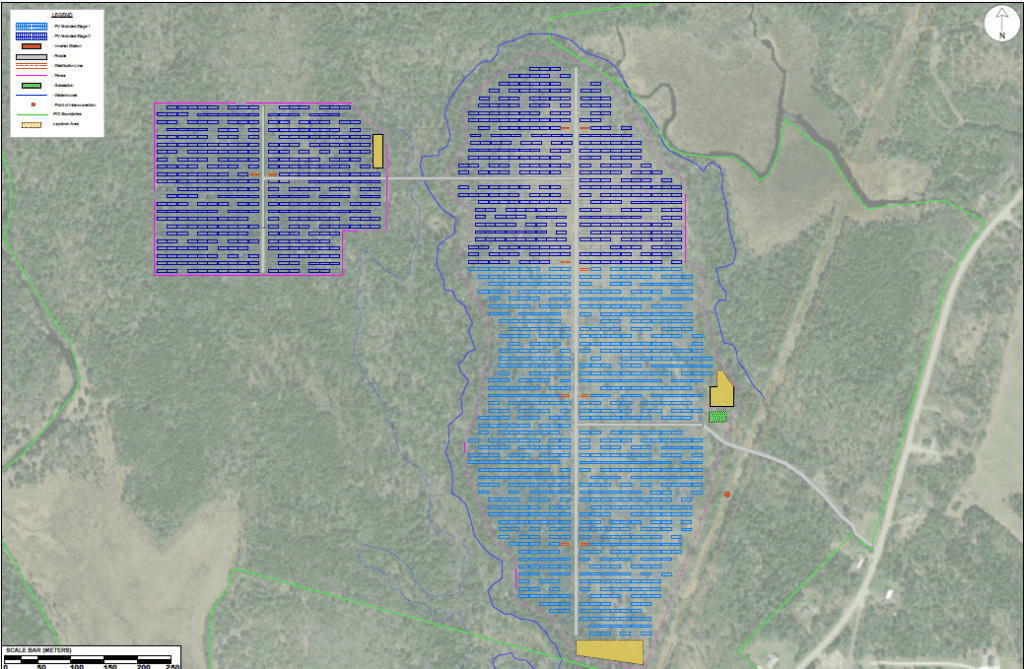

Project Timeline
- April 2024: Project Development began
- Fall 2024: Environmental studies completed
- Spring 2025: Archaeological studies completed
- Summer 2025: Interconnection studies progressed
- Summer 2025: Community engagement
Who is proposing this project?
Wasoqopa’q First Nation
Wasoqopa’q First Nation is a Mi’kmaq Nation located in southwestern Nova Scotia with a strong commitment to sustainability, economic development, and community well-being. As a project partner in renewable energy, they bring valuable Indigenous knowledge, proven leadership, and a track record of successful business ventures. Their involvement ensures the project aligns with community priorities, support local capacity-building, and advances shared goals in clean energy and environmental stewardship.
![]()
![]()
Natural Forces
Natural Forces is an independent power producer that develops, owns, and operates wind, solar, hydro and storage projects. With an extensive portfolio of nearly 300 MW of operational renewable energy projects across Canada and with several ongoing projects at various stages in France and Ireland, the company remains committed to advancing sustainable energy solutions.
Established in 2001, Natural Forces is headquartered in Halifax, Nova Scotia with regional offices in France and Ireland. The company places a strong emphasis on partnership by working closely with local and Indigenous communities to develop clean energy projects that drive long-term economic and environmental benefits.
As a fully integrated developer and operator of renewable energy assets, Natural Forces manages every stage of project development in-house. This includes site selection, planning, financing, construction, operations, and long-term asset management across various international markets, including Canada, Ireland, and France.
Why here?
The Project location offers favorable solar resource, as demonstrated in the map below. The proposed project is very close to an existing substation and transmission line. The site has low environmental sensitivity, and does not have any current or proposed residential, commercial, or agricultural uses.
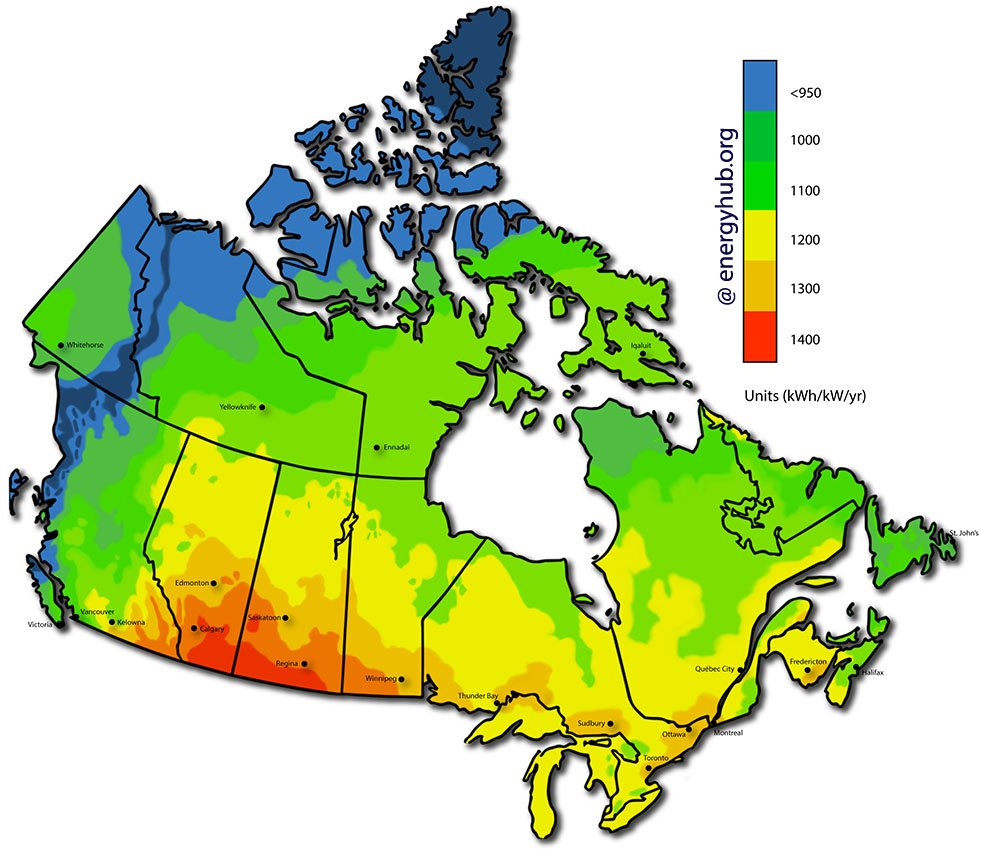

Project Benefits?
- Generate approximately 18,000,000 kWh per year of clean renewable energy, powering up to 1,800 homes.
- Create local employment and contracting opportunities during the development, construction, operation, and decommissioning phases of the Project.
- Produce emission-free electricity that will increase energy security, displace generation from fossil fuels, and reduce greenhouse gas emissions.
- Assist the Province in meeting its renewable energy target of achieving 80% net zero energy by 2030.
What is the Process?
1
Development
(Current Stage)
- Assess the solar resource
- Survey for environmentally sensitive features
- Consult with regulators and community stakeholders
- Summarize the results from the environmental surveys and consultation in a technical proposal for provincial review
- Optimize the project design to capture the sun efficiently and minimize impact on sensitive features
- Secure necessary financing
- Apply for remaining permits
2
Construction
- Prepare lands for construction
- Build access roads
- Install foundations and assemble solar panel racks
- Install the solar panels & additional electrical equipment
- Connect system to the grid
- Commission & energize the system
3
Operation
- Conduct periodic in-person site visits
- Monitor remotely for real time alerts when additional maintenance is needed
- Operate for 25+ years
4
Decommission or Retrofit
- Assess the solar panels, electrical circuits and equipment after 25 years
- Decommission project components and reclaim the site to its former state OR
- Receive approvals and permits to continue producing clean energy
Environmental Studies
The project location was selected due to the project partners recognize that environmentally and socially responsible development is the cornerstone of a successful project. A Species at Risk (SAR) assessment has been completed. No SAR or their habitat was identified in the project area. While the project does not trigger a provincial or federal Environmental Impact Assessment (EIA) review, specific studies have been undertaken to understand the environmental and social characteristics of the site. These studies include Species at Risk Assessment, Archeological Assessment, and Wetland & Watercourse Surveys. A Mi’kmaq Ecological Knowledge Study will be undertaken for the project as well.
Topics of Study
- Wetland & Watercourse Delineations
- Species at Risk (SAR)
A standard watercourse and wetland delineation was completed. It was determined that a mapped shrub / forested wetland extends into the northeastern corner of the proposed development footprint. A shrub / forested wetland was also delineated that extends through the western portion of the proposed development footprint. The wetland exists within topographically low areas. The wetlands delineated are all connected. Based on modeling, the wetlands are not considered a wetland of special significance (WSS).
Project partners also engaged CRM Group to complete an Archaeological study of the project site. There are no archaeological resources or areas of potential that were identified during the fieldwork component of the Archaeological Resource Impact Assessment (ARIA).
Frequently Asked Questions
Solar projects do not create a lot of noise; the loudest noise would be the inverter fans which is not very loud at all. The project is not expected to create significant noise levels.
The average size of each solar panel is approximately 2.4 meters by 1.1 meters. This solar system is comprised of over 22,000 solar panels across 50 acres of land.
The wetlands and watercourses on the sites have not been deemed to be wetlands of special significance (WSS). The solar system design incorporates buffers and stormwater management best practices to minimize impacts.
Wasoqopa’q First Nation is the majority owner of the project, retaining 60% ownership. Natural Forces is the minority owner of the project, retaining 40% ownership.
Electricity is regulated by provincial law. This project will be applying to the Nova Scotia Community Solar program.
For more information contact:
sale@nijanienergy.org

